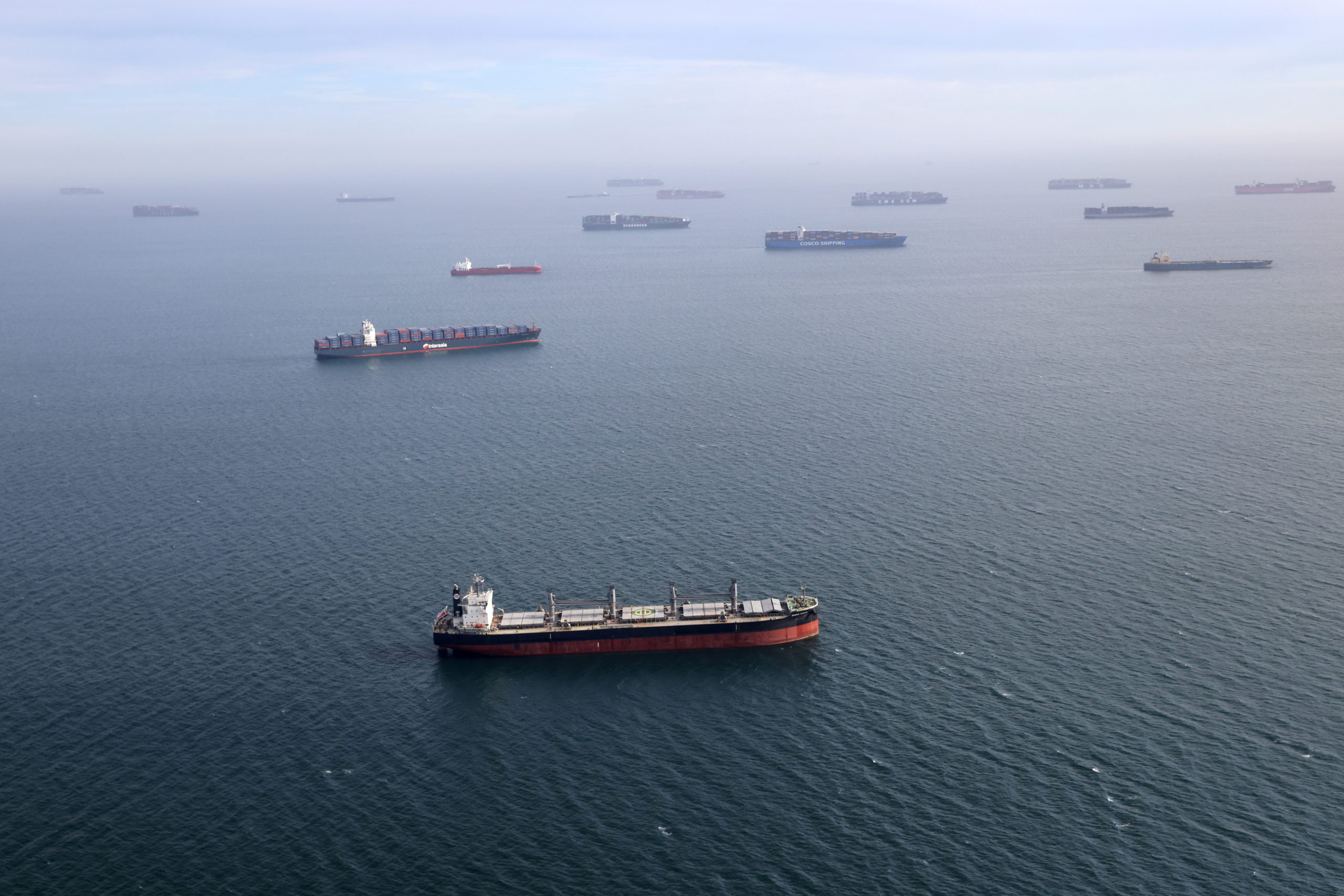
The reminder was aired through the Department of Foreign Affairs (DFA) in an advisory issued early Friday morning.
“The DFA advises the public that the danger to all shipping in the Red Sea remains. This situation has worsened due in part to the conflict escalation in the Red Sea that poses a clear and present danger to all Filipino seafarers working in the area,” the advisory reads.
“The DFA therefore urges Filipino seafarers to exercise prudent choice and their right-to-refuse sailing in the Red Sea. Philippine nationals should avoid the area altogether unless absolutely necessary for their livelihood,” it adds.
The advisory was issued after Houthi rebels off the Yemeni port of Hodeidah attacked Greek-owned oil tanker MT Sounion.
The Department of Migrant Workers (DMW) said all 23 Filipino crew members on board have been successfully rescued from the ship and are now on their way to a safe port.
Immediate repatriation of the 23 Filipino seafarers will be arranged by the DFA, DMW, and the Overseas Workers Welfare Administration.
Upon arrival in the country, the seafarers will be provided with psycho-social, financial, training, and reintegration support for their families.
Before the attack, the Philippine government had already barred Filipino seafarers from boarding vessels passing through the Red Sea and Gulf of Aden.
DMW required manning agencies to submit a written guarantee that passenger or cruise vessels with Filipino crew members will not traverse the Red Sea and the Gulf of Aden, which have been designated as “war-like zones.”
Aside from the “affirmation letter,” the DMW also required manning agencies to submit their vessels’ detailed itineraries during the processing of crew employment contracts or before deployment.